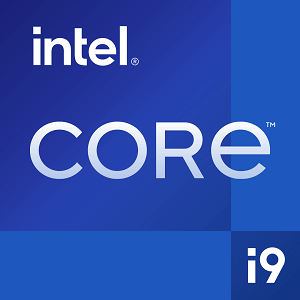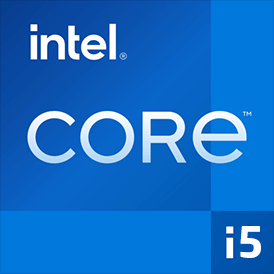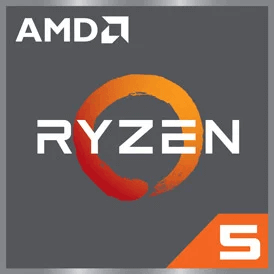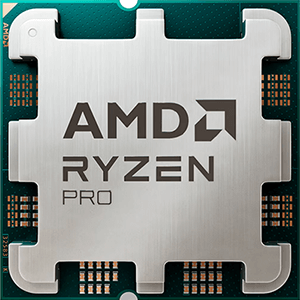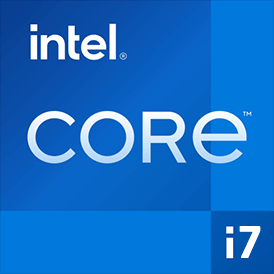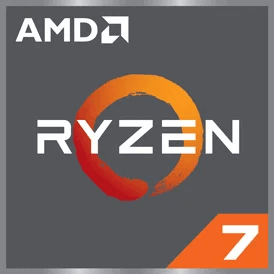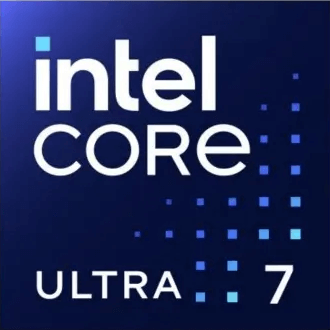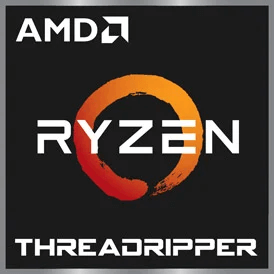Intel Core i9 13900K vs Intel Core i5 6500
We compared two desktop CPUs: Intel Core i9 13900K with 24 cores 3.0GHz and Intel Core i5 6500 with 4 cores 3.2GHz . You will find out which processor performs better in benchmark tests, key specifications, power consumption and more.
Main Differences
Intel Core i9 13900K 's Advantages
Released 7 years late
Higher specification of memory (5600 vs 2133)
Larger memory bandwidth (89.6GB/s vs 34.1GB/s)
Newer PCIe version (5.0 vs 3.0)
Larger L3 cache size (36MB vs 6MB)
More modern manufacturing process (10nm vs 14nm)
Intel Core i5 6500 's Advantages
Higher base frequency (3.2GHz vs 3.0GHz)
Lower TDP (65W vs 125W)
Score
Benchmark
Cinebench R23 Single Core
Intel Core i9 13900K
+134%
2261
Intel Core i5 6500
966
Cinebench R23 Multi Core
Intel Core i9 13900K
+989%
37263
Intel Core i5 6500
3420
Geekbench 6 Single Core
Intel Core i9 13900K
+153%
3034
Intel Core i5 6500
1197
Geekbench 6 Multi Core
Intel Core i9 13900K
+551%
21277
Intel Core i5 6500
3264
Blender
Intel Core i9 13900K
+1092%
632
Intel Core i5 6500
53
Geekbench 5 Single Core
Intel Core i9 13900K
+152%
2274
Intel Core i5 6500
900
Geekbench 5 Multi Core
Intel Core i9 13900K
+668%
23977
Intel Core i5 6500
3118
Passmark CPU Single Core
Intel Core i9 13900K
+119%
4637
Intel Core i5 6500
2116
Passmark CPU Multi Core
Intel Core i9 13900K
+962%
59387
Intel Core i5 6500
5591
General Parameters
Sep 2022
Release Date
Sep 2015
Intel
Manufacturer
Intel
Desktop
Type
Desktop
x86-64
Instruction Set
x86-64
Raptor Lake
Core Architecture
Skylake
i9-13900K
Processor Number
i5-6500
LGA-1700
Socket
LGA-1151
UHD Graphics 770
Integrated Graphics
HD Graphics 530
Package
10 nm
Manufacturing Process
14 nm
125 W
Power Consumption
65 W
253 W
Max Turbo Power Consumption
-
100°C
Peak Operating Temperature
-
CPU Performance
8
Performance Cores
4
16
Performance Core Threads
4
3.0 GHz
Performance Core Base Frequency
3.2 GHz
5.4 GHz
Performance Core Turbo Frequency
3.6 GHz
16
Efficiency Cores
-
16
Efficiency Core Threads
-
2.2 GHz
Efficiency Core Base Frequency
-
4.3 GHz
Efficiency Core Turbo Frequency
-
24
Total Core Count
4
32
Total Thread Count
4
100 MHz
Bus Frequency
-
30x
Multiplier
32x
80 K per core
L1 Cache
64 K per core
2 MB per core
L2 Cache
256 K per core
36 MB shared
L3 Cache
6 MB shared
Yes
Unlocked Multiplier
No
Memory Parameters
DDR5-5600, DDR4-3200
Memory Types
DDR4-2133, DDR3L-1600
192 GB
Max Memory Size
64 GB
2
Max Memory Channels
2
89.6 GB/s
Max Memory Bandwidth
34.1 GB/s
Yes
ECC Memory Support
No
Graphics Card Parameters
true
Integrated Graphics
true
300 MHz
GPU Base Frequency
-
1650 MHz
GPU Max Dynamic Frequency
1050 MHz
256
Shader Units
-
16
Texture Units
-
8
Raster Operation Units
-
32
Execution Units
-
15 W
Power Consumption
-
0.78 TFLOPS
Graphics Performance
-
Miscellaneous
5.0
PCIe Version
3.0
20
PCIe Lanes
16
-
Extended Instruction Set
SSE4.1, SSE4.2, AVX-2
